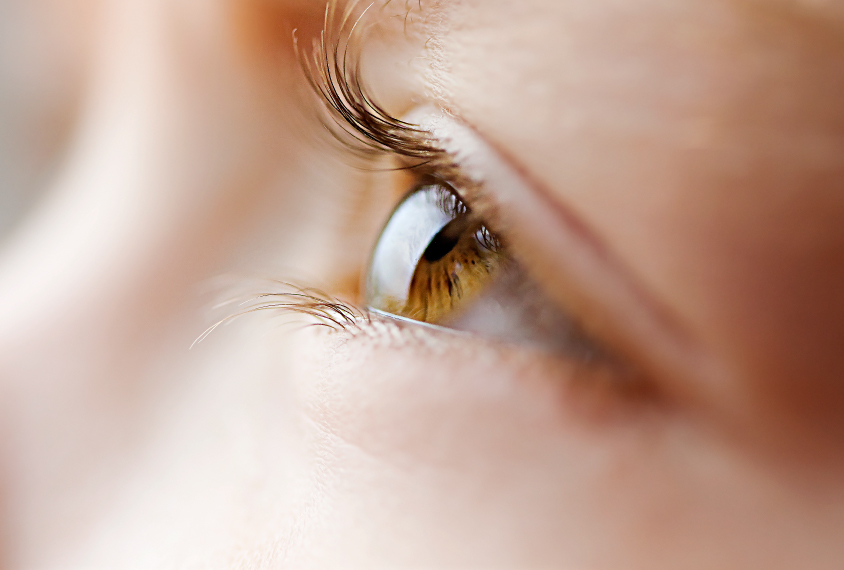
Interactive test aims to capture social aspects of gaze
People with autism show atypical patterns of gaze even when they are explicitly asked to look at another person’s eyes.
People with autism show atypical patterns of gaze even when they are explicitly asked to look at another person’s eyes. The unpublished findings, presented yesterday at the 2016 Society for Neuroscience annual meeting in San Diego, are from the first trial of an interactive test of gaze.
“A lot of the research [on gaze in autism] is limited by static images,” says Julie Trapani, a post-baccalaureate student in James McPartland’s lab at Yale University, who presented the work. Most studies have tracked what happens when people passively view images on a screen, but social problems in people with autism manifest during interactions with others.
In the new test, the researchers instructed 61 people with autism and 40 controls, all between 8 and 18 years old, to look at the eyes on a face on a computer screen. When a face appears on the screen, the eyes gaze either directly at the participant or look away. Once the participant looks at the eyes, the gaze switches to the opposite position, and then a new face appears.
The researchers used eye-tracking technology to follow where the participants looked. They also used electroencephalography (EEG) to measure electrical activity in the brain throughout the experiment.
Many studies have investigated gaze in autism using eye-tracking or EEG, but this is the first to employ both techniques simultaneously, says Trapani.
Eyes have it:
Compared with controls, the participants with autism spend less time looking at the eyes on the screen and more time looking between the eyes.
“I think some of the kids with autism developed a strategy to make the procedure go faster,” Trapani says. They knew they had to look at the eyes to keep moving through the test. But because they weren’t particularly drawn to the eyes, she says, their gaze may have been imprecise and landed instead on the bridge of the nose.
The EEG results showed that the controls have a stronger neural response to direct gaze than to averted gaze, which reflects their interest in reciprocal social interaction. But those with autism have a greater neural response to averted gaze.
For children with autism, Trapani says, the most important thing about gaze may be the information it provides, such as directing their attention to look at something.
Other studies have shown that individuals with autism have trouble with this skill, known as joint attention. But the skill may be relatively intact in individuals who were able to complete the test.
This may also explain why the researchers found no difference between the autism group and controls in an EEG measure known as the N170. This was surprising because the N170 measure is thought to reflect face processing, which is impaired in autism.
Children with autism who are able to make eye contact and who can complete the experiment may have a neural response to eyes that is closer to that of typically developing children, Trapani says. (The researchers had to throw out some data from individuals whose gaze strayed too far from the eyes.)
In fact, the researchers found that in both groups of children, the degree of attention to the eyes is related to social functioning as measured by the Social Responsiveness Scale, a standardized questionnaire.
The findings illustrate the tradeoffs involved in devising a task that both captures how social behavior unfolds in the real world and can be completed by people with autism of varying severity.
For more reports from the 2016 Society for Neuroscience annual meeting, please click here.
Recommended reading

Developmental delay patterns differ with diagnosis; and more

Split gene therapy delivers promise in mice modeling Dravet syndrome

Changes in autism scores across childhood differ between girls and boys
Explore more from The Transmitter

Smell studies often use unnaturally high odor concentrations, analysis reveals

‘Natural Neuroscience: Toward a Systems Neuroscience of Natural Behaviors,’ an excerpt
